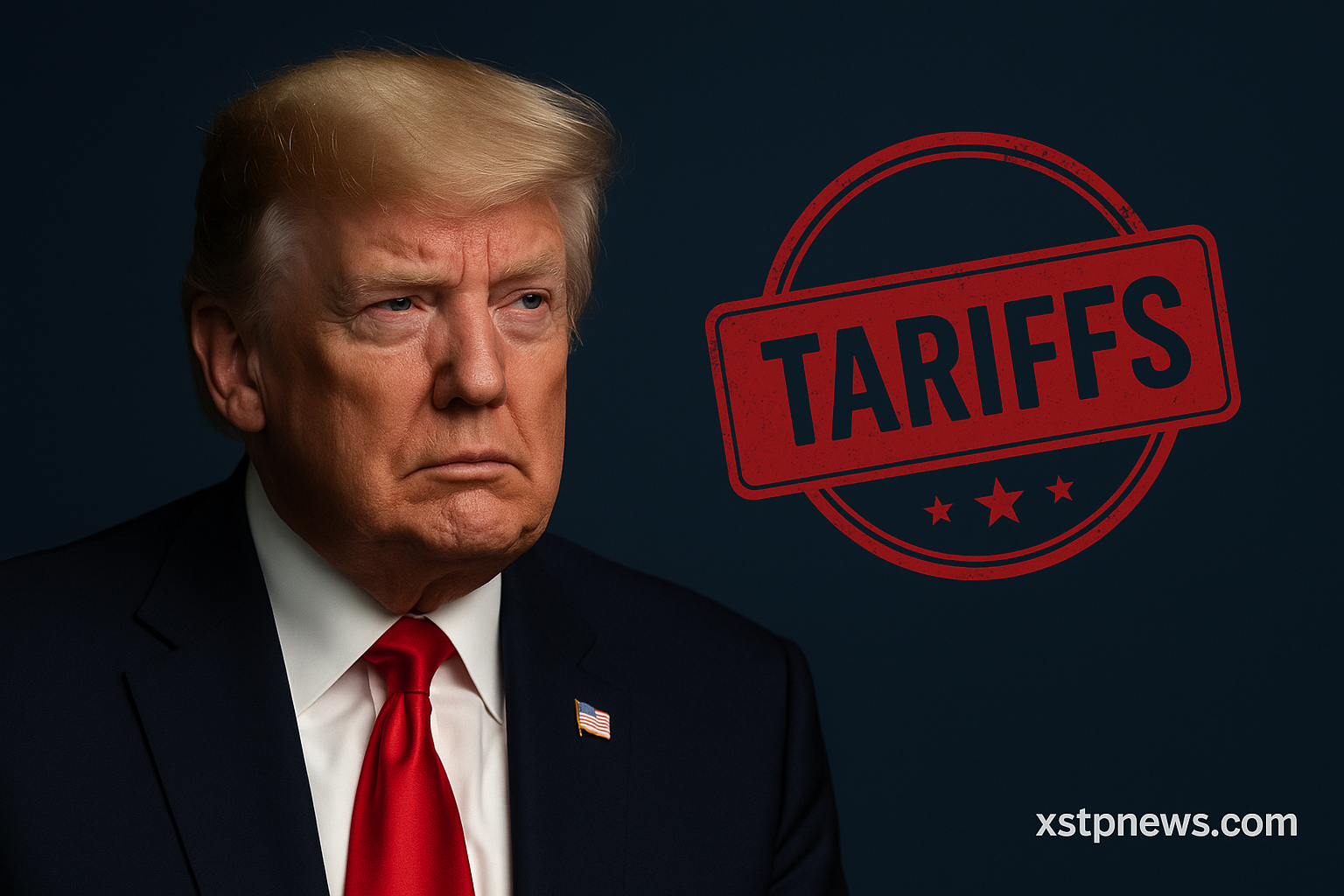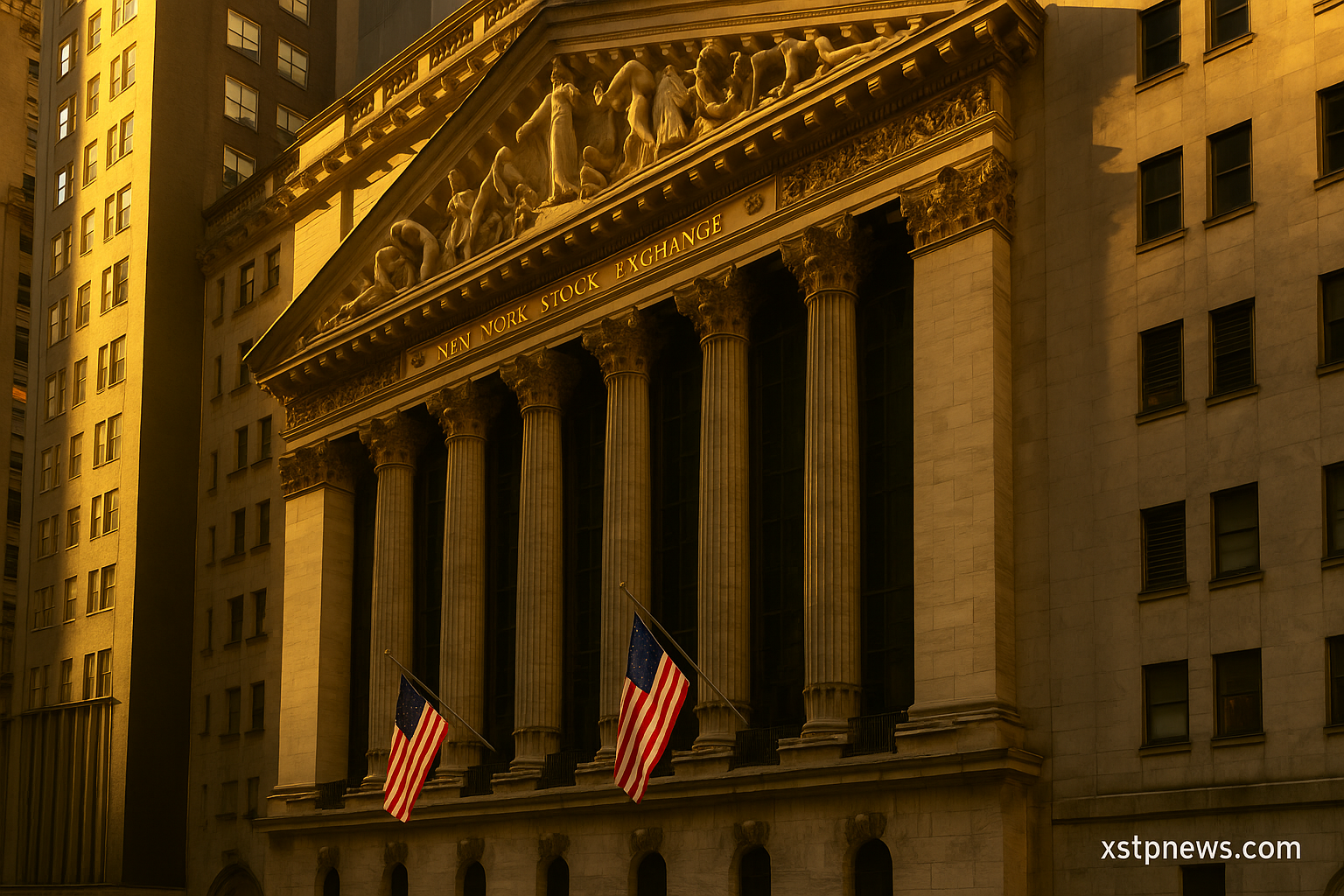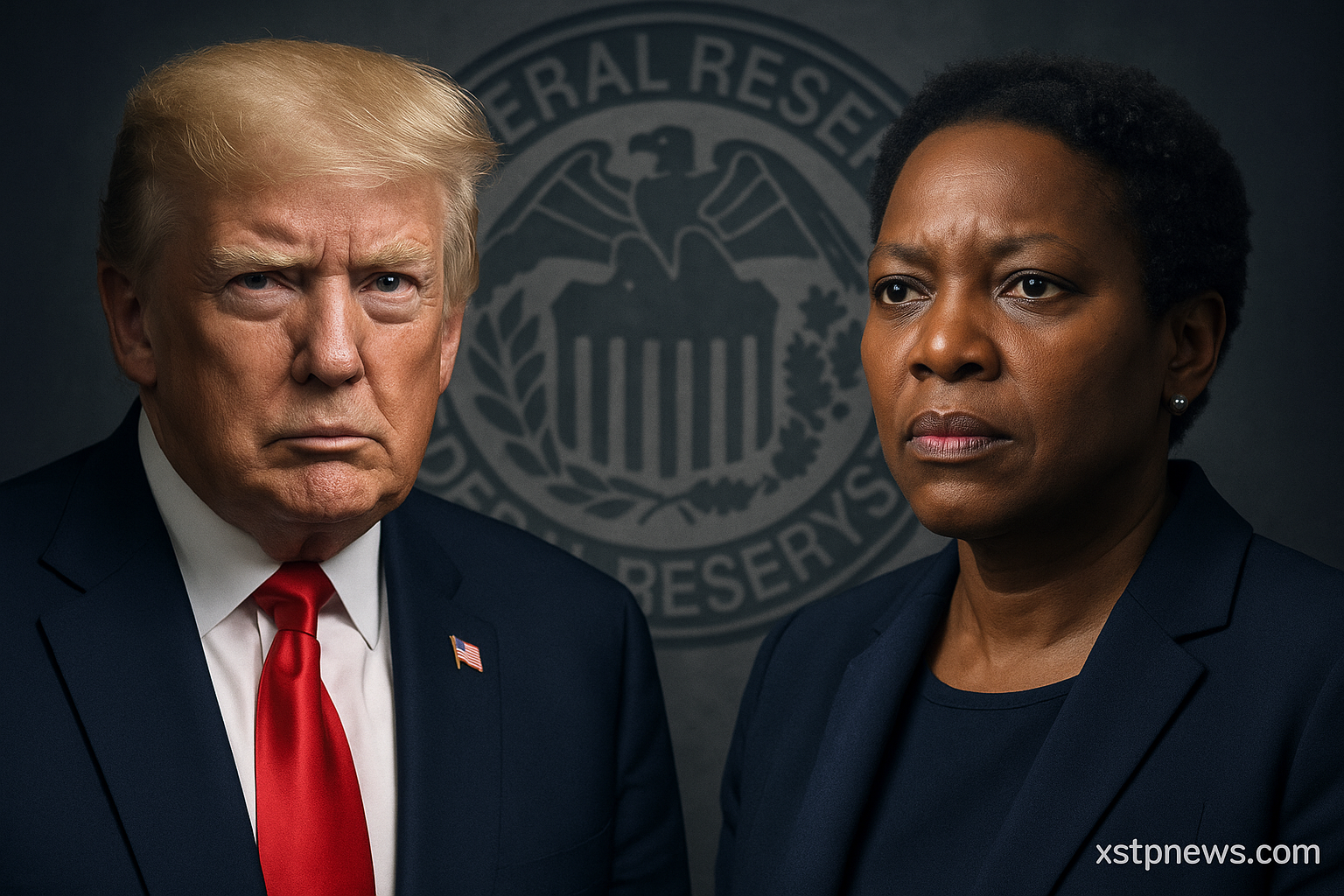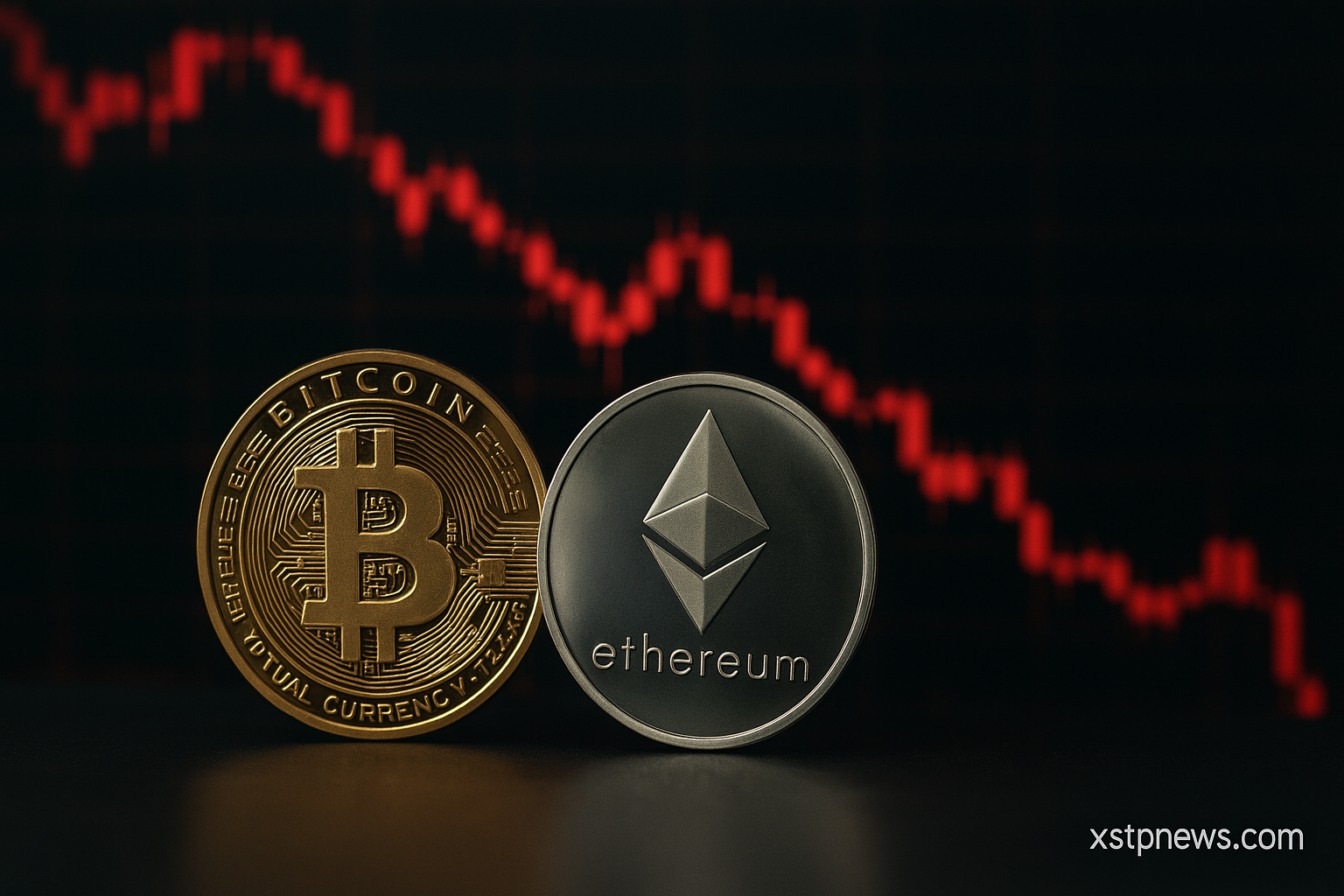On August 1, 2025, President Donald Trump imposed sweeping tariffs on imports from around 70 countries, including Brazil, India, Taiwan, Canada, and the European Union. The announcement triggered a sharp global market sell‑off, with investors fearing prolonged trade tensions and rising recession risks.
New Tariff Rates and Key Targets
The new tariffs vary by country and product category, with the highest cumulative rates reaching 50%:
- Brazil: 50% cumulative rate
- India: 25%
- Taiwan: 20%
- Canada: 35%
- Switzerland: 39%
- European Union: 0–15% baseline
- Mexico: 0% under a temporary 90‑day extension
- China: Ongoing negotiations with no finalized rate
These measures were executed under the International Emergency Economic Powers Act, allowing the White House to bypass Congress.
Market Reaction
The impact on markets was immediate:
- Dow Jones: −1.23% (~573 points)
- S&P 500: −1.48%
- Nasdaq Composite: −1.95%
- VIX (Volatility Index): Jumped to a six‑week high
Investors sold off equities as fears of a global slowdown intensified, compounded by weak U.S. labor data showing only 73,000 new jobs in July.
Why It Matters
- Global supply chains could face severe disruptions if affected countries retaliate.
- U.S. consumers are likely to see higher prices as importers pass on the cost of tariffs.
- Legal challenges are already underway, with courts reviewing the expanded executive tariff powers.
Analysts warn that if retaliatory measures spread, markets could face sustained volatility and growth projections may be revised down.
Trump’s latest tariff escalation has rattled global markets, reinforcing the link between trade policy, market sentiment, and economic stability. All eyes are now on negotiations with China, responses from impacted nations, and potential Federal Reserve actions to cushion the shock

Source: Reuters, The Guardian, AP News







